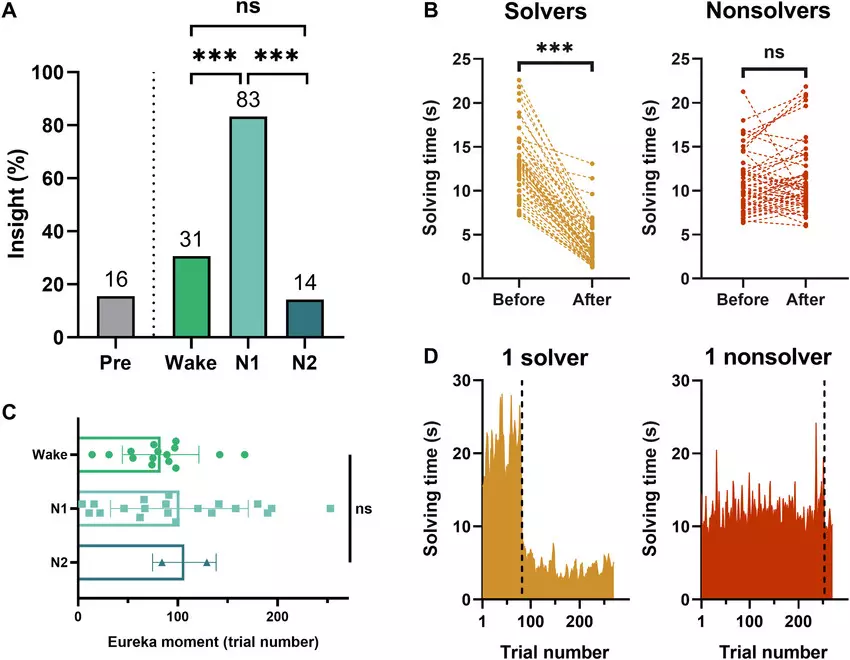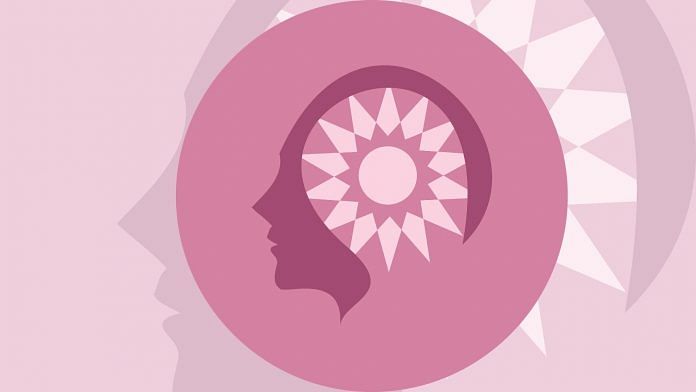- The phase before we fully fall asleep is hugely creative for our brains, new research shows.
- Inventor Thomas Edison used partial naps to plunder this rich seam of inspiration, known as hypnagogia, or ‘N1’.
- Scientists in Paris say their experiment shows that sleep is vital to our creative performance.
- Cultural and creative industries generate $2.25 billion in revenue and support almost 30 million jobs worldwide.
Next time you nap, try this novel approach to problem solving.
Instead of nodding off completely, hold a small object in your hand.
When it clatters to the floor and wakes you up, speak or write down the stream of thoughts you were just thinking.
This is how scientists have been researching a creativity ‘sweet spot’ called hypnagogia, also known as N1.
It exists in the phase before deep sleep and could be a way to stimulate creativity in our everyday lives, the scientists say.
Sleep inspiration
Researchers at the Paris Brain Institute, a neuroscience research foundation, and the sleep pathology department at the Pitié-Salpêtrière Hospital in Paris, said they were inspired by famous American inventor Thomas Edison, who allegedly napped while holding spheres in his hands.
“He reckoned that the spheres would noisily drop as soon as he fell asleep, waking him up just in time to capture sleep-inspired ideas,” the researchers explain. Physicist Albert Einstein and artist Salvador Dali also believed in short bursts of sleep to boost creativity.
The experiment, which is reported in the Science Advances article, Sleep onset is a creative sweet spot, involved hiding a secret rule in a maths challenge. Sixteen of the 103 participants cracked the code before they were given the chance to have a break and to sleep. They were excluded from the rest of the analyses. Of those that remained, 83% solved the challenge after up to 20 minutes of this hypnagogic rest, while holding an object in their hand. This compared to only 30% of those who had stayed awake and 14% of those who had fallen into a deeper sleep.
“Sleep is often seen as a waste of time and productivity,” says Delphine Oudiette, final author of the study. “By showing that it is in fact essential to our creative performance, we hope to reiterate its importance to the public.”

Hypnagogic hotspots
Most research had focused on rapid eye movement (REM) sleep, the researchers said. This is the stage of sleep when most dreams occur. Whereas the cognitive role of hypnagogia or N1 – the first stage of non-REM sleep – was “largely unknown,” they added.
Other studies of the hypnagogic sleep onset period have shown that it “precisely engages these networks instrumental to creativity”, the researchers argue, and could also “foster the generation of novel ideas”.
The United Nations says creativity and innovation are essential for problem-solving economic, social and sustainable development challenges, and celebrates World Creativity and Innovation Day every year on 21 April.
Cultural and creative industries generate $2.25 billion in revenue and support almost 30 million jobs worldwide.
Victoria Masterson, Senior Writer, Formative Content
The article was originally published in World Economic Forum.
Also read: Future careers will be 60 years long. Education & work norms need change: Stanford report



